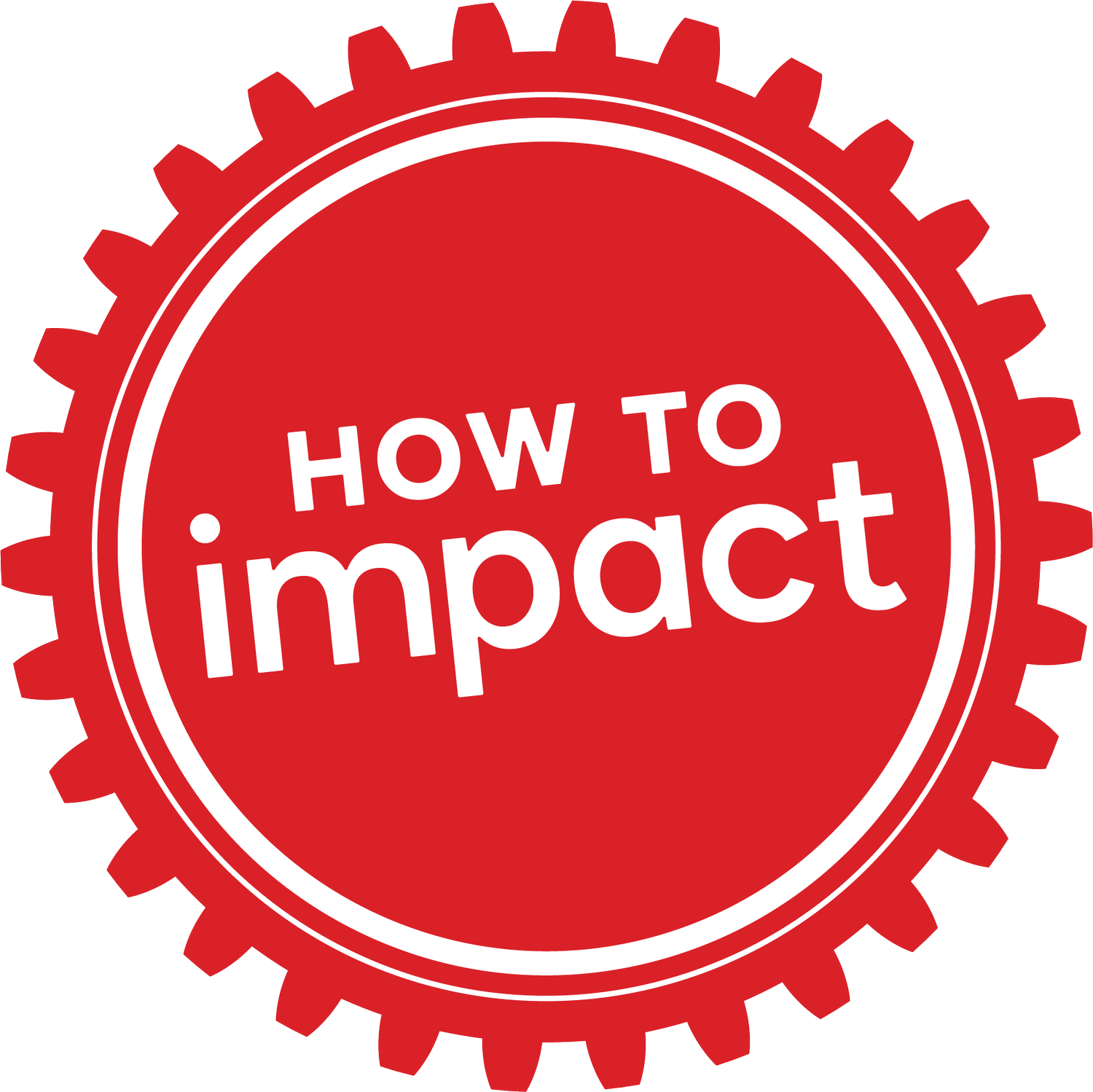Planning for Disruption with Universal-Sony
Problem
Few business sectors have been disrupted as much as Home Entertainment: Video on Demand, subscription services, piracy and the whole-sale revolution of personal viewing habits onto personal screens have all transformed the customer experience.
In 2014 (1 year before Netflix launched in Australia) we ran a Disruption-planning workshop with Universal-Sony. It became apparent that we didn’t know enough about the behaviours, challenges and opportunities of the new Home Entertainment Experience.
So, we set out to map the full Home Entertainment Customer Experience in Australia – the biggest insight project of its kind to date – in order to develop a digital-physical response strategy..
Methods
Our approach was based on the core tenets of service design and design thinking: in situ, real-world exploration of the customer experience from every conceivable angle – with the consumer, as the consumer and about the consumer
-
We began by defining 6 NEW consumer segments, and then set out to map each of their current and desired customer experiences from top down missions to granular detail.
-
It was imperative that we took the core team from U-S with us, and together we spent 142 hours with over 70 consumers, exploring the customer experience across 7 physical and 15 digital channels.
-
8 different experts added their insight. And we also ran 4 waves of online research with a fan community of 350 people.
Outputs
The process was revelatory: watching 17-year-olds streaming effortlessly and comparing that to the legal approach showed how far behind the paid-for experience was; the 14/16 consumers in-store who were challenged with buying a movie as a gift and did so online, showed us how far the online:offline world needed to integrate.
We created 8 different customer journey maps for physical:digital, permanent:temporary, legal:illegal experiences – colour-coded by each of 6 consumer segments over 30m of wall space!


Impact
The project delivered multiple outcomes:
a clear 4-part strategy for the future
new consumer segmentation
comprehensive customer experience maps
..and insights to drive future development
a new Home Entertainment ‘Store of the Future’ blueprint
and a raft of concept plans in response to our findings

